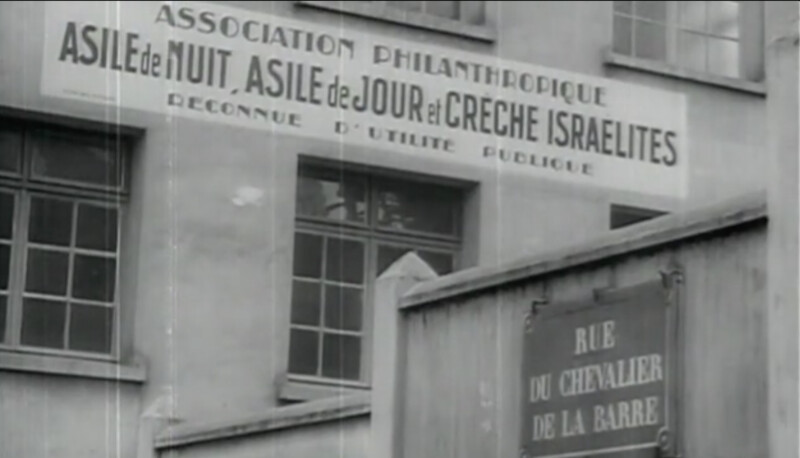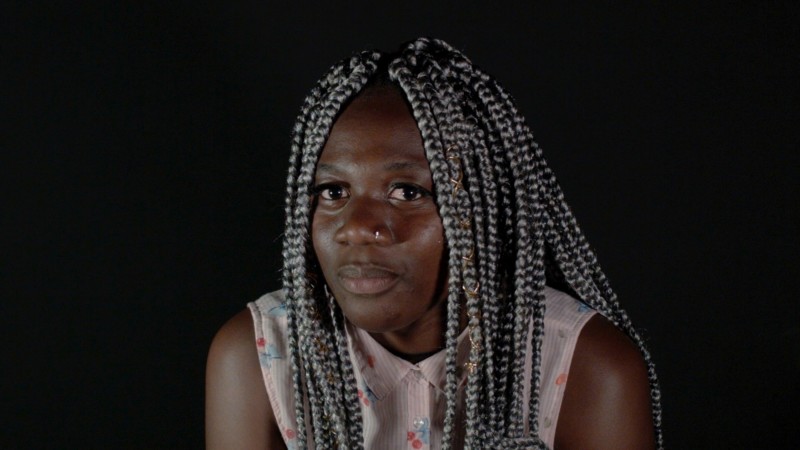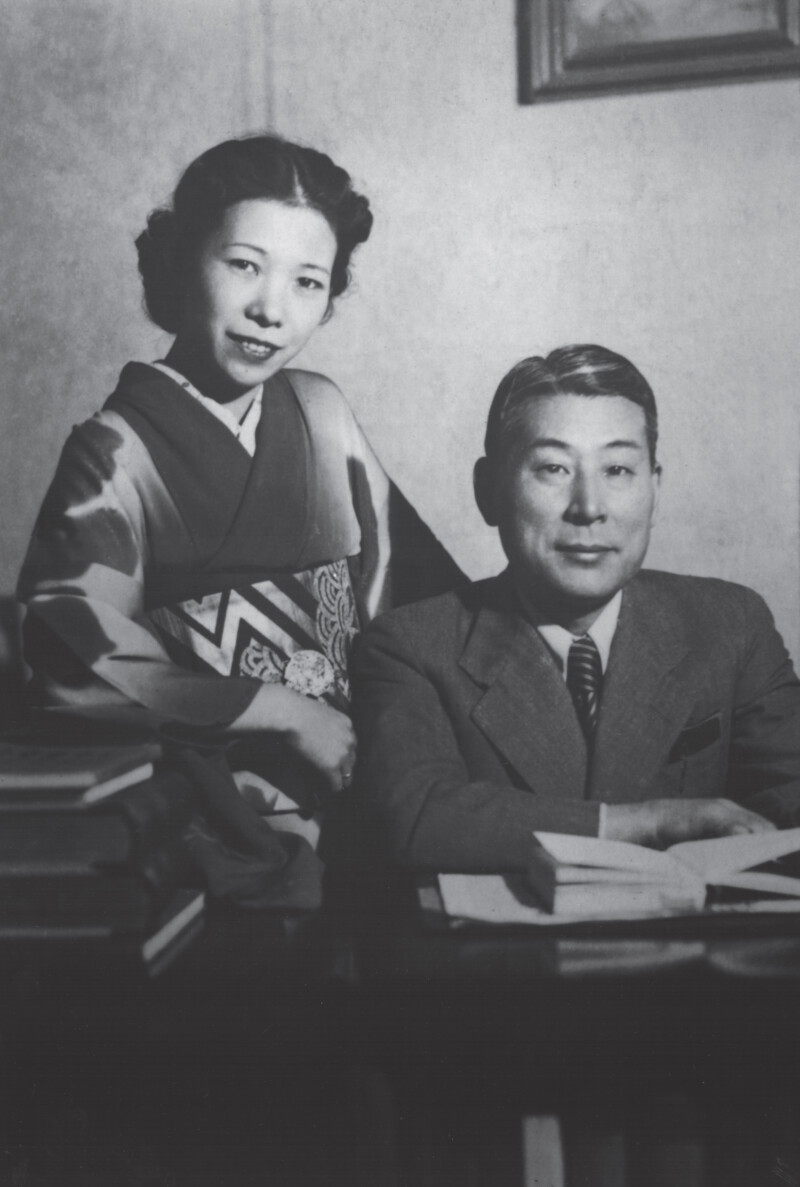This film shows an idealized, well-structured day in the castle of Count Hubert Conquere de Monbrison and Princess Irena Paley (a niece of the last Russian Czar, who later became Monbrison’s wife) in Quincy-sous-Senart, about 30 km south of Paris. The castle housed refugee girls from the Russian and Spanish civil wars. While the scenes portraying the girls’ activities are clearly staged, the arrival of the children’s transport of Jewish boys from Berlin was also captured.
In 1939 de Monbrison was approached by his children’s Jewish pediatrician, a board member of the Jewish aid organization OZE, and asked if he would accept a group of forty German-Jewish refugee children. The Count agreed, and the boys’ Kindertransport arrived on July 4, 1939. Mr. Zimmermann, a refugee from Germany, helps Jewish boys from the Berlin Kindertransport to get off a bus. The boys stand around with their bags and their blue name tags are clearly visible: Norbert Bikales, Ralph Moratz, Wolfgang Blumenreich, Bernd Warrschauer, Werner Goldschmidt, Erwin Cosmann, Berthold Friedlaender, Gerhard Glass are among the boys who enter the “Annexe Chateau” (side castle), followed by a janitor, who might be Madame Lederer, a Jewish refugee from Vienna.
Quincy also served as a Jewish children’s home until September 1940, when the chateau was confiscated by the German army after the German occupation of France. The Jewish children were then relocated to other OZE homes.
Courtesy of the United States Holocaust Memorial Museum, gift of Christian de Monbrison.
Reworked and edit: Miriam Schulz








